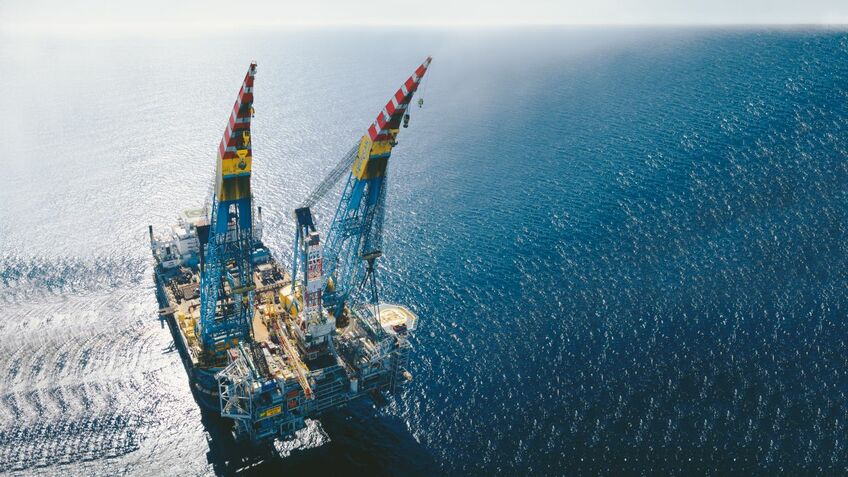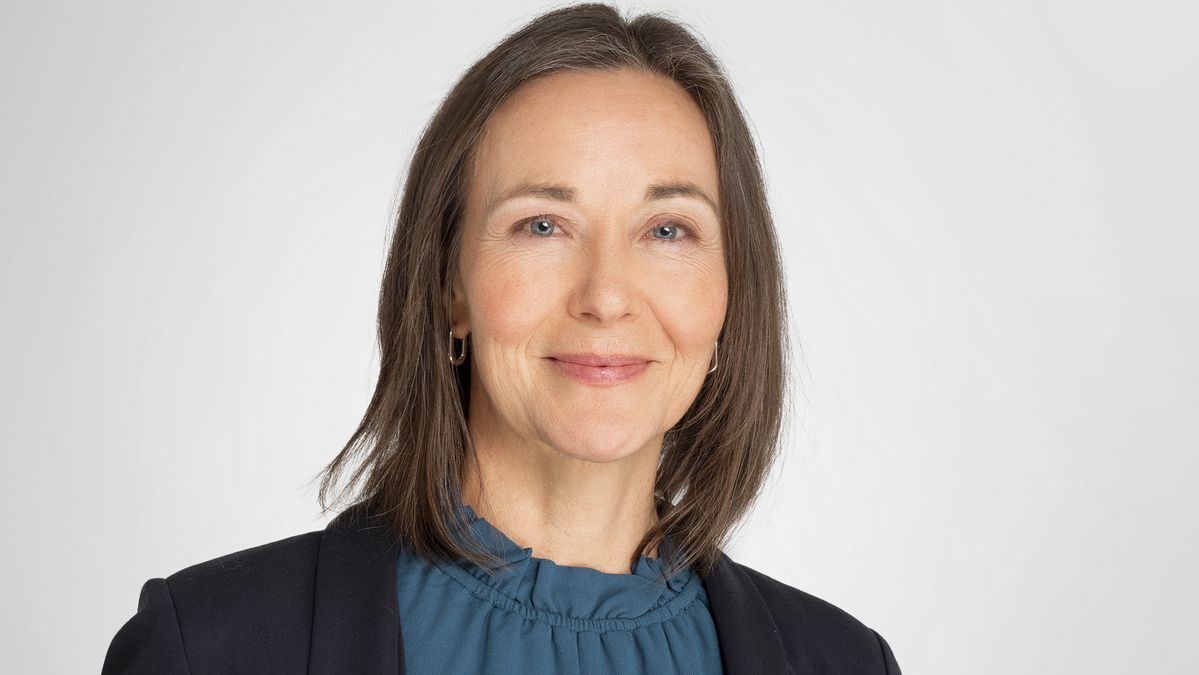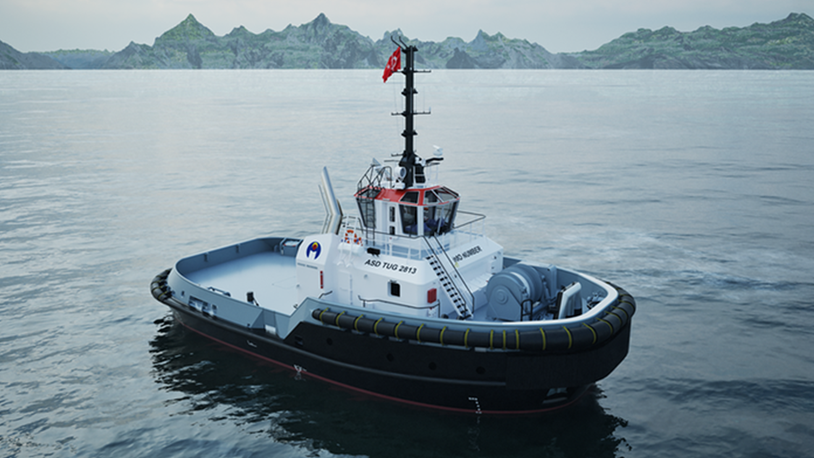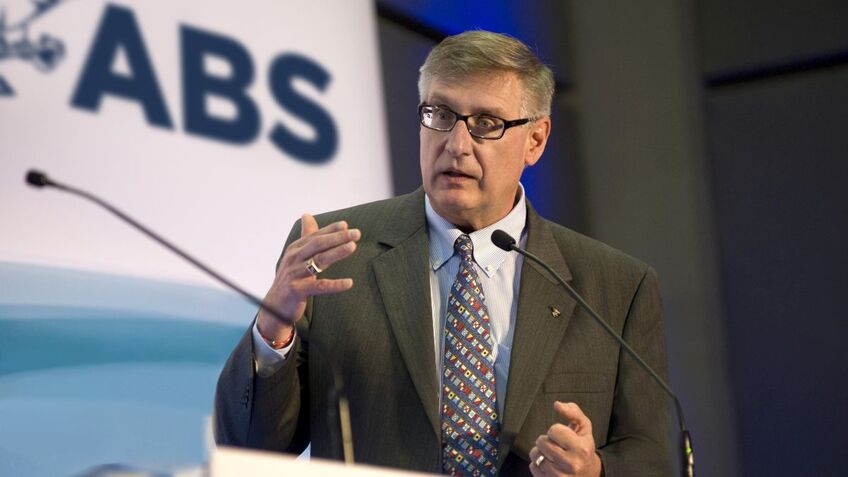Business Sectors
Events
Contents
Register to read more articles.
OSJ Asia: vessel shortages, tightening national laws hold back subsea sector
Offshore support vessel shortages and strict local content requirements are holding back subsea projects in Asia
Despite a growing pipeline of projects energy companies wish to develop in Asia, it is becoming harder to find vessels to support them, particularly for subsea operations.
Limited shipyard availability for vessel repairs, demand from offshore renewables, and supply chain shortages are also limiting offshore operations, delegates heard at Riviera’s Offshore Support Journal Conference, Asia 2024, in Singapore.
Kim Heng chief operating officer for offshore and marine, Justin Tan, listed challenges in the market for energy companies seeking to develop oil and gas fields in Asia. Mr Tan said there is a "shortage of vessels to support subsea" operations, plus tightened cabotage rules, a lack of available financing and trained crew.
"There are a pipeline of projects, but holding this back is the supply chain and time to get repairs done," said Mr Tan. "There is a lack of available shipyard space for repairs."
Every nation in southeast Asia has its own cabotage requirements for crewing, flag, ownership and licensing, "contributing to the shortage in supply of subsea support vessels".
While demand is increasing, there are few new vessels under construction or on order, so owners can expect a stable and sustainable market over the next three years, but oil companies could reduce spending on existing assets and new fields.
Malaysia OSV Owners’ Association (MOSVA) president Jamalludin Obeng said it is time for a fleet renewal in Malaysia as the average age of the 350 OSVs operating in that country is about 12-13 years old.
"If we consider [the state of the fleet in] five years’ time, we would not want the same vessels, constructed nearly 20 years ago, still in operation," said Mr Obeng. This could be the case for vessels chartered on a long-term basis beyond 2030.
But a lack of finance, regulatory and cabotage risks and rising shipyard prices are preventing owners from investing in newbuilds. "It is not easy to finance newbuilds, there is a lot of pressure from banks, so oil and gas are low priority," said Mr Obeng.
There is, however, one sector of the offshore market bucking the trend. Multiple newbuild crew transfer vessels (CTVs) for offshore hydrocarbons and renewables projects are being ordered from and delivered by shipyards.
Penguin International general manager for fleet and commercial operations, George Philip, said there is greater interest in many markets for crew boats to compete with or replace helicopters, for transferring offshore personnel and light cargo.
He compared Penguin’s own Flex 42X design of CTVs with helicopters, and discovered these workboats are more flexible, cheaper to build, quicker to repair and offered better crew comfort. Vessels also have far more carrying capacity for people and cargo and a longer range between refuelling than helicopters.
Penguin operates crew, workboats and passenger ferries and builds them at its two shipyards - one in Singapore and the other in Batam, Indonesia.
"Crew boats are more flexible - they can be engaged with search and rescue and fire-fighting," said Mr Philip.
"They can carry up to 60 tonnes of cargoes, including containers, and with three engines and gensets, there is redundancy." Vessels can operate just on one engine and one generator set to limp back to port to complete passenger transfers and be repaired.
In the same conference session, Archer Knight co-founder and executive director David Sheret described the subsea market, challenges and future opportunities.
"It is a flourishing subsea market, driven by increasing energy demand, growth in offshore wind and advances in subsea technology," he said.
There is demand for diving and ROV support vessels from major deepwater energy projects, for brownfield developments and maintenance, which is providing owners with lucrative long-term and spot-market charters.
"Construction subsea vessels are going for incredible amounts," said Mr Sheret. "Rates are increasing, but when this gets to a tipping point is when companies will not go ahead with projects," he warned.
Energy Maritime Associates managing director David Boggs summarised some of these projects. He said there are around 30 floating production storage and offloading (FPSO) vessels under construction or on order worldwide, eight semi-submersible production units, another eight floating LNG production and export ships and six floating storage and regasification units.
Mr Boggs said Brazil, West Africa, Europe and Asia are the main destinations for these newbuilds. Most of the FPSOs on order are being built in China and are transferred to Singapore for integration of topsides and commissioning before heading to Latin America.
There is also demand for extending the life of existing FPSOs, as energy companies continue producing oil and gas beyond their expectations and new fields are tied into existing infrastructure.
Riviera’s Offshore Support Journal Conference, Middle East will be held in Dubai, UAE, 11 December 2024. Click here for more information on this industry-leading event.
Related to this Story
Women in Maritime Today: Elin Saltkjel says no day working in maritime is dull
Events
Maritime Environmental Protection Webinar Week
Cyber & Vessel Security Webinar Week
The illusion of safety: what we're getting wrong about crews, tech, and fatigue
Responsible Ship Recycling Forum 2025
© 2024 Riviera Maritime Media Ltd.














